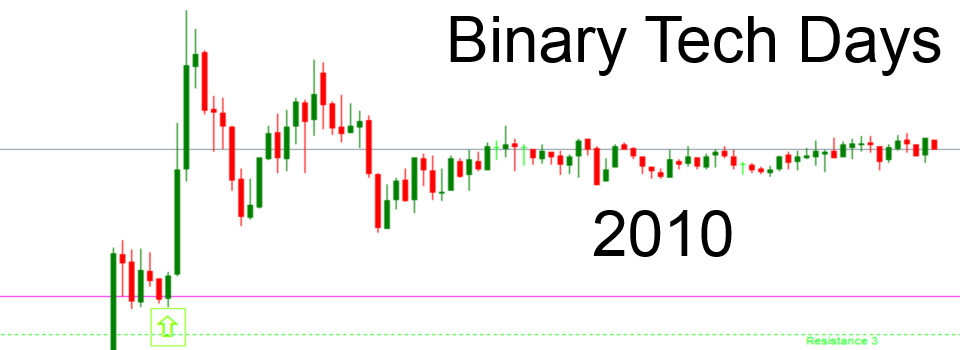A lot of financial experts expected the Dow Jones to hit 17,000 points earlier today, but instead of going up the last little bit to hit this milestone, the price dropped significantly. However, this should not have been a surprise. Basic market psychology says that as prices approach new highs, demand for the asset starts to taper. This happens for a couple big reasons: one, the price gets higher, thus limiting how approachable the asset is, and two, there is a greater chance that the asset will drop. This is the “the bigger they get, the harder they fall” philosophy of trading.
These ideas are not perfect, but they are generally accepted practices--even if they shouldn’t be. But they do make sense. High prices scare people away, even when there is every indication that the market can support the higher price. But because of this psychological reaction, a backoff in price is completely normal.
This is an event that trips up a lot of short term traders. These folk are typical traders that go with the trend and ride it for all it’s worth. Most of the time, this is a great strategy, but not all the time. It can be discouraging on these bad days, but the truth is that this is very normal. Everyone experiences setbacks and losses, the key is to figure out how to minimize the damage so that bouncing back is a lot easier in the future. Most types of trading have safeguards built in so that you can do this pretty easily. For example, in the Forex and stock markets, you can program in stop-loss points so that if the price of whatever you’re trading goes to a certain point, you automatically end the trade and cut your losses. People trading binary options have some difficulty with this concept when they first start out sometimes because you can’t just sell off your shares when your trade starts going sour. You are usually in it for the long haul. But, the good news here is that binaries are typically very short term and for smaller amounts, so if you do make a bad trade, the losses are over quickly and not severe.
Some of the major binary options brokers now have early ending trades for the longer term trades that they offer. For example, if you have a one week option, you might be able to end the trade early for a partial loss during a certain window of time if you choose to. This is mostly only available for a short time during the life of the trade and for a select few assets, but it is a valuable way to help you minimize losses if it becomes absolutely necessary to do so. Use this feature sparingly.
The best way to go is to take small steps when markets start changing. The changes might be short term, or they might last for a while. Luckily, when trading indices like the Dow, the general direction is almost always upward, so it becomes easier to make predictions. Go slow and don’t risk a lot at any one time. Instead, make frequent trades when you have good information and make the most of them while riding trends. Three successful small trades will give you more than two bigger trades where one’s right and one’s wrong. This is especially useful for binary options, but can really be applied to any type of short term strategy. Lots of smaller trades with a high correct trade rate can be extremely beneficial--and this is amplified if you are not paying broker fees, such as with binaries.
